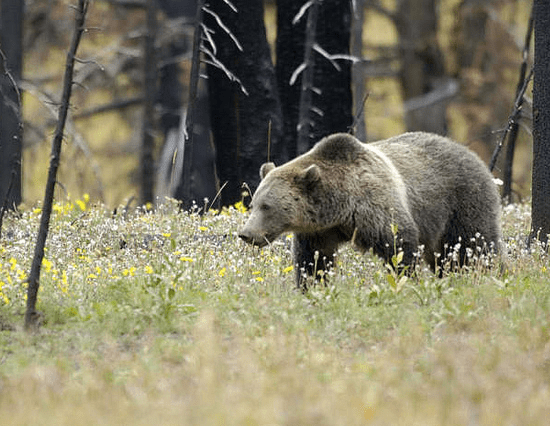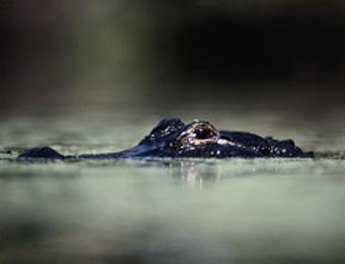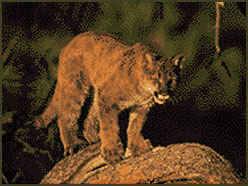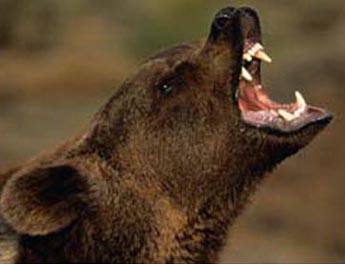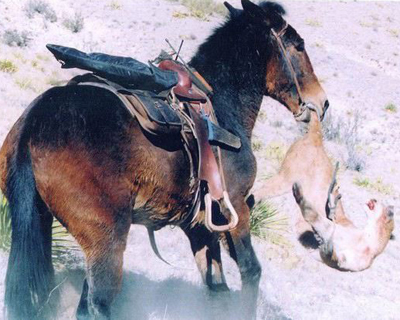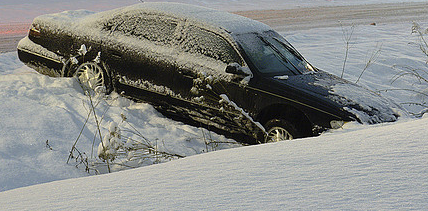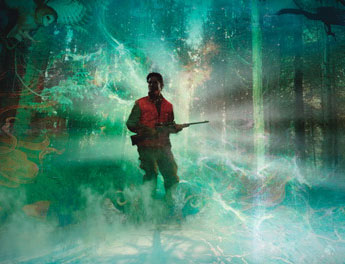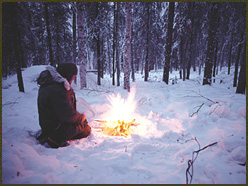Since the days of the Garden of Eden, snakes have suffered a bad reputation: If it’s a snake and somebody has something to clobber it with, it’s a goner.
You might feel the same way, or maybe not. If you’re intrigued by the creatures you’re likely to encounter out there, and don’t have a hair trigger when it comes to bashing them in the head, it’s useful to know some of the many species of nonpoisonous snakes you’re likely to encounter.
Here’s a test of your identification skills. Match the descriptive copy for each snake with the proper photograph. The answers are on page HB28.
1 A boa native to the United States? Indeed. The rubber boa (Charina bottae) lives in grasslands, woodlands and brush in the Northwestern states and California. People sometimes call it the “two-headed snake” because its tail is shaped much like its head.
2 The Eastern hognose snake’s habit of inflating its body, flattening its head and neck and hissing loudly has earned it many dangerous-sounding names, such as “hissing adder,” “spreading adder” and “puff adder.” It’s all a bluff. If the intruder fails to retreat, the hognose snake (Heterodon platirhinos) will roll on its back, open its mouth and “play dead.”
3 One of the most widely recognized snakes in the North American pet trade, the corn snake (Elaphe guttata guttata) is a beautiful rat snake with a wide distribution. It often searches subterranean rodent burrows for prey, making it seem rarer than it actually is. Grain farmers have a friend in the corn snake, which keeps rodents near silos under control.
4 The Western ribbon snake (Thamnophis proximus), a close relative of garter snakes, lives a semiaquatic lifestyle, seldom wandering far from streams, ponds and swamps. Frogs, salamanders and small fish are among its favorite foods.
5 The black rat snake (Elaphe obsoleta obsoleta) often climbs to high places–attics, treetops, ledges, etc.–as it searches for foods such as rats, squirrels and bird eggs. It’s also known as “mountain black snake.”
6 Visitors to Eastern cypress swamps sometimes come across the lovely rainbow snake (Farancia erytrogramma). Some call it the “eel moccasin” because it is so adept at catching eels, its principal food.
SNAKE ID ANSWERS From page HB6
1. D. Rubber boa 2. E. Eastern hognose 3. A. Corn snake 4. C. Ribbon snake 5. F. Black rat snake 6. B. Rainbow snake

